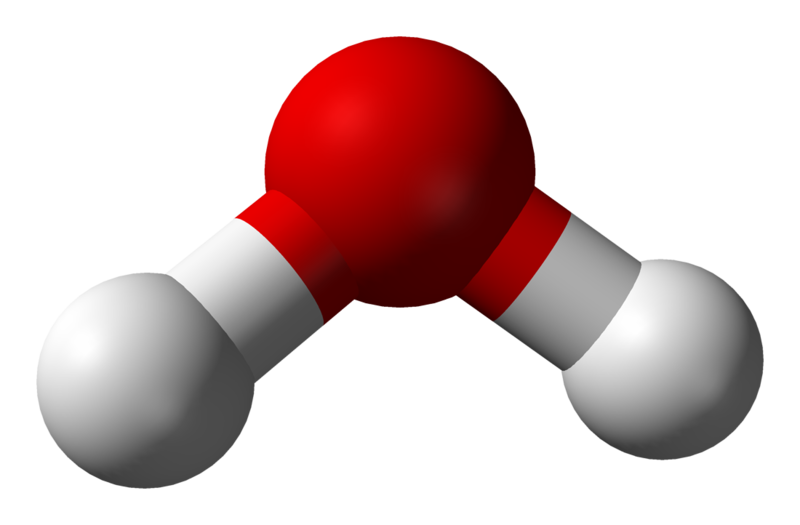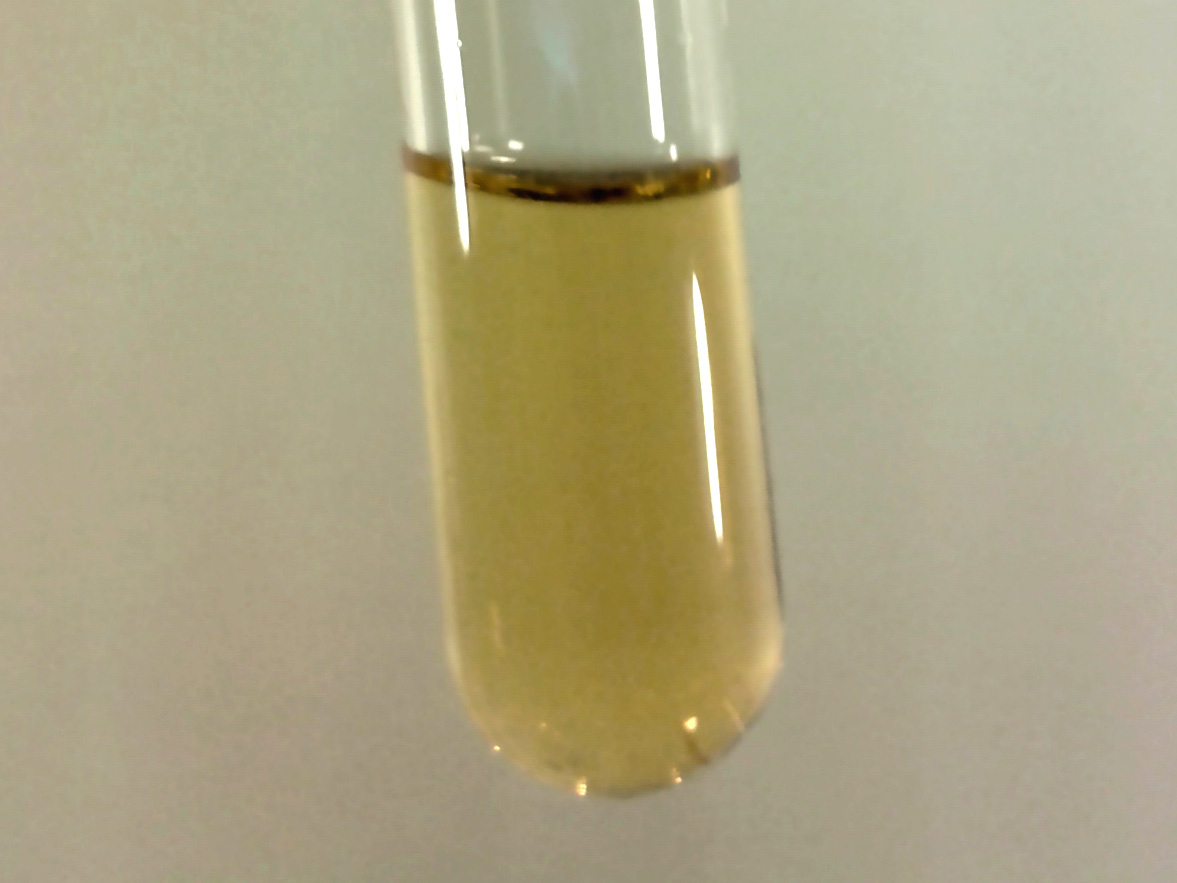Applications:
- because it has an even number of nucleons it is transparent to NMR, and therefore is useful in solvents for NMR spectroscopy
Cody'sLab had a nice 5 video series on making it at home! But the United States Government asked him to take it down as suggested at Video "What's Been Going On With Cody'sLab? by Cody'sLab (2019)" at youtu.be/x1mv0vwb08Y?t=84.
"Water" is the name for both:
- the chemical compound with chemical formula H2O
- the liquid phase of the chemical substance composed of the above chemical compound
Simplified phase diagram of water
. Source. Note the triple point and critical point visible. Phase diagrams are so cool!Phase diagram of water
. Source. Note all the obscure phases of ice.In informal contexts, it usually refers to the phase of ice observed in atmospheric pressure, Ice Ih.
4 K. Enough for to make "low temperature superconductors" like regular metals superconducting, e.g. the superconducting temperature of aluminum if 1.2 K.
Contrast with liquid nitrogen, which is much cheaper but only goes to 77K.
Surprisingly, it can also become a superfluid even though each atom is a fermion! This is because of Cooper pair formation, just like in superconductors, but the transition happens at lower temperatures than superfluid helium-4, which is a boson.
aps.org/publications/apsnews/202110/history.cfm: October 1972: Publication of Discovery of Superfluid Helium-3 contains comments on the seminal paper and a graph which we must steal.
Also sometimes called helium II, in contrast to helium I, which is the non-superfluid liquid helium phase.
Superfluid helium Resonance Experiment by Dietterich Labs (2019)
Source. Buckyballs (C60) by Periodic Videos (2010)
Source. Actually shows them in a lab!- youtu.be/ljF5QhD5hnI?t=167 has a photo of the first effective production method, which passes a large current between two carbon rods
- youtu.be/ljF5QhD5hnI?t=245 and forward cuts (their editing is very annoying) shows how fullerene dissolves in an organic solvent TODO name, sounds like thodium? and produces a violet solution, while graphite doesn't. A Ultrasonic bath is needed for the solution to form however.
- youtu.be/ljF5QhD5hnI?t=501 fullerene is not a good lubricant despite being a little ball, because it is reactive and polymerises under pressure
Endohedral Fullerenes by Dom Burges (2016)
Source. The layered one.
77K. Low enough for "high temperature superconductors" such as yttrium barium copper oxide, but for "low temperature superconductors", you need to go much lower, typically with liquid helium, which is likely much more expensive. TODO by how much?
Where Do You Get Liquid Nitrogen? by The King of Random (2016)
Source. He just goes to a medical gases shop in a local industrial estate and buys 20L for 95 dollars and brings it back on his own Dewar marked 35LD.Making Liquid Nitrogen From Scratch! by Veritasium (2019)
Source. "From scratch" is perhaps a bit clickbaity, but I'll take it.Piezoelectric, and notably used in quartz clock.
And notably, it is almost all Argon-40, which is stable, but not the most common one to come from natural nucleosynthesis.
An alloy of iron and carbon. Because such allys have had such incredible historical importance due to their different properties, different phases of Fe-C have well known names such as steel
This is apparently the most important III-V semiconductor, it seems to actually have some applications, see also: gallium arsenide vs silicon.
Trying to use gallium arsenide was Seymour Cray's fatal last flaw as mentioned at The Supermen: The Story of Seymour Cray by Charles J. Murray (1997).
The Supermen: The Story of Seymour Cray by Charles J. Murray (1997) page 4 mentions:
Cray wanted his new machine to employ circuits made from a material called gallium arsenide. Gallium arsenide had achieved limited success, particularly in satellite communications and military electronics. But no one had succeeded with it in anything so complicated as a computer. In the computer industry, engineers had developed a saying: "Gallium arsenide is the technology of the future," they would say. "And it always will be."
Articles were limited to the first 100 out of 154 total. Click here to view all children of List of chemical elements.
Articles by others on the same topic
There are currently no matching articles.


